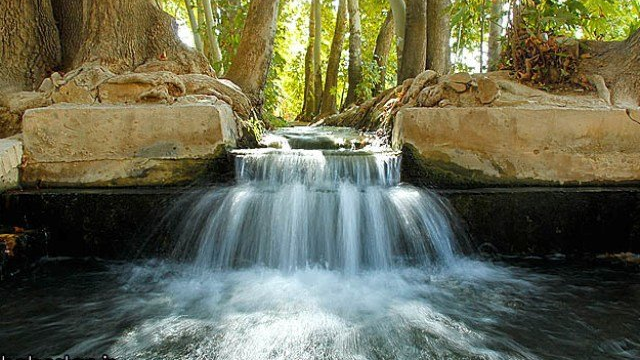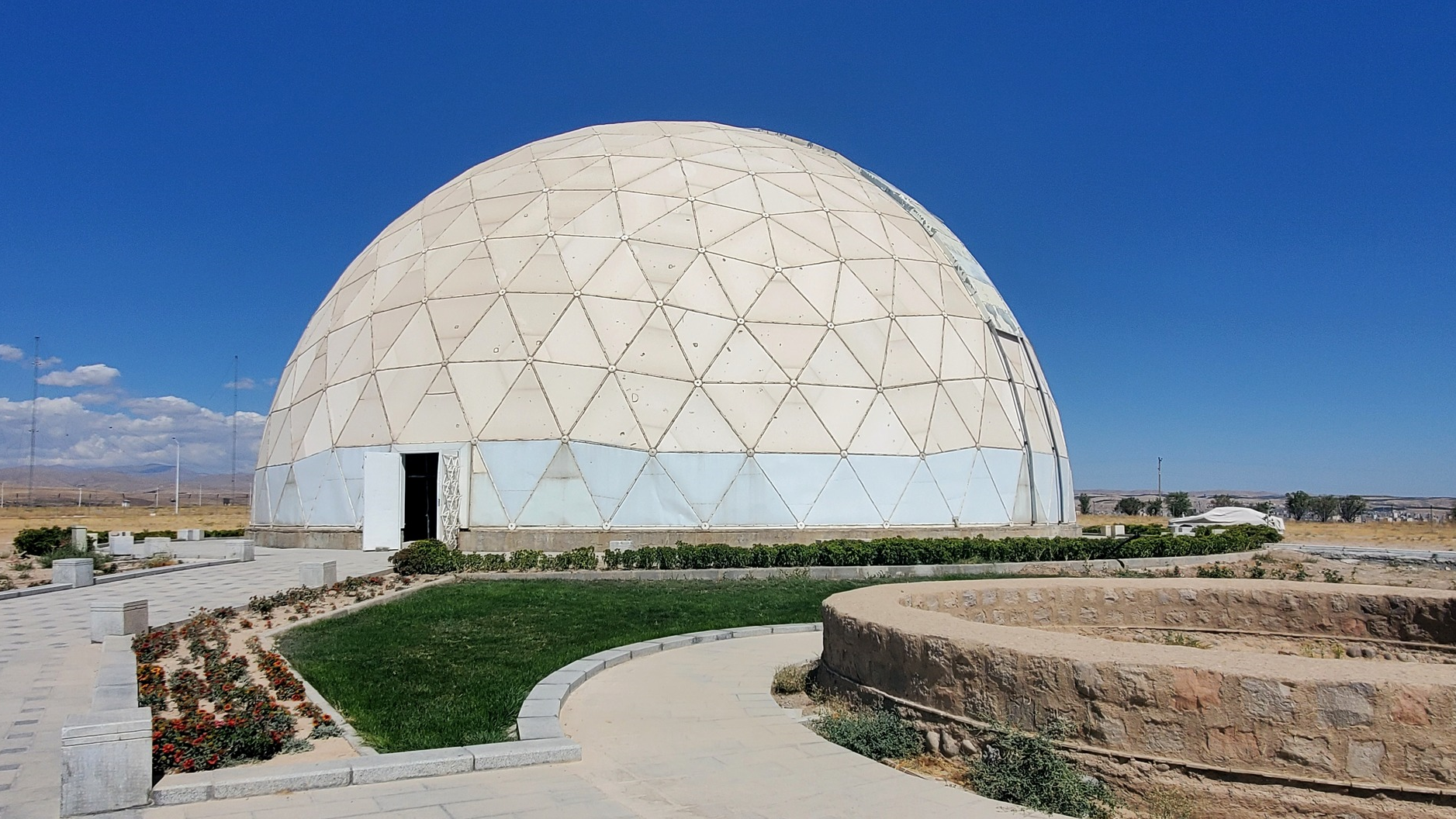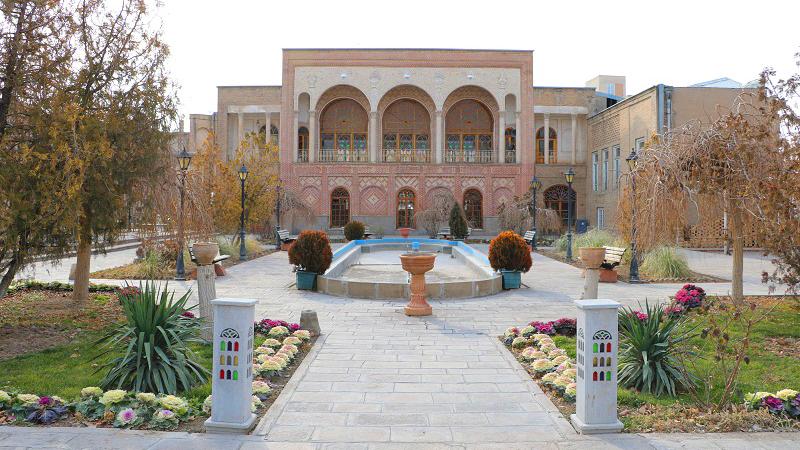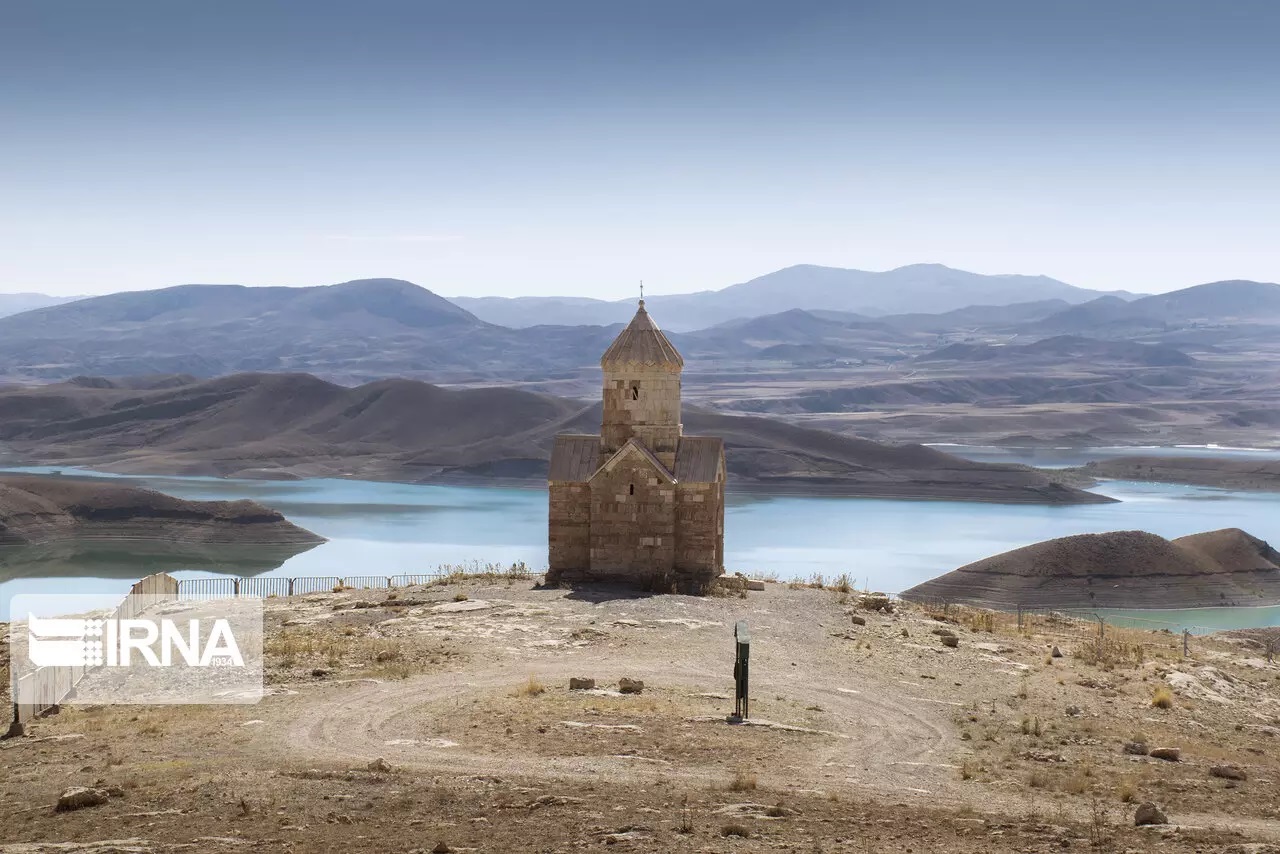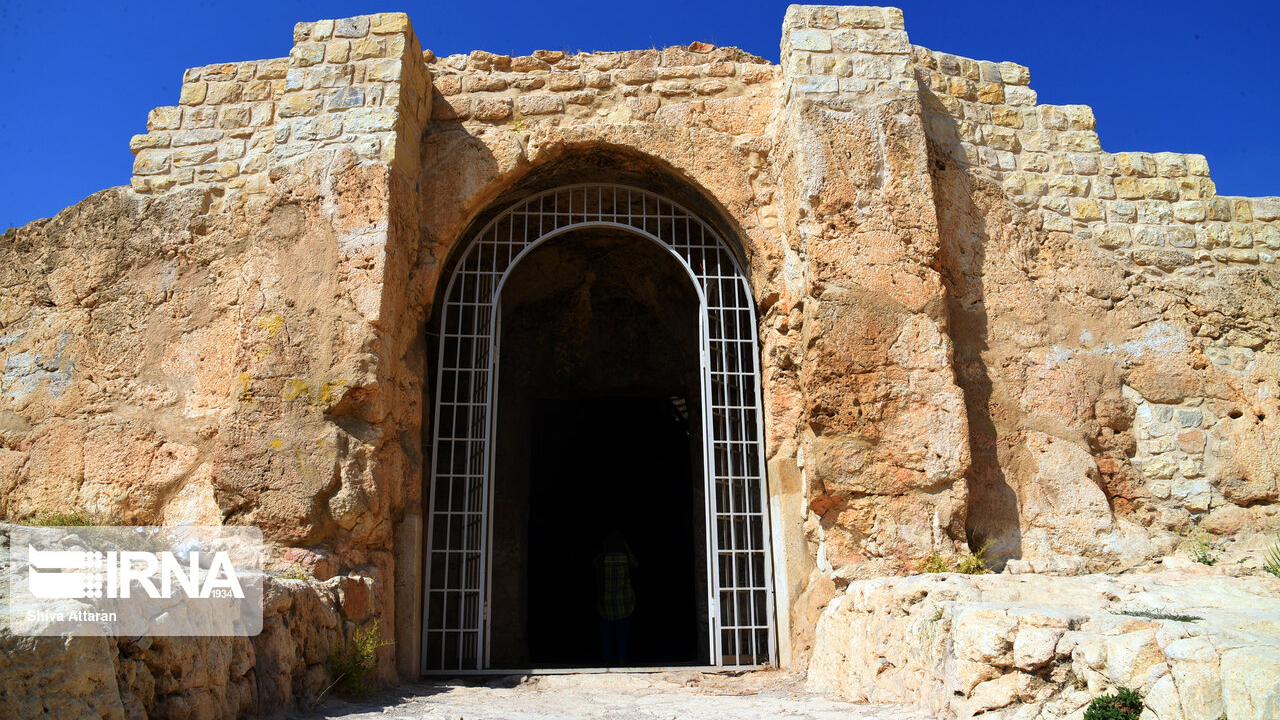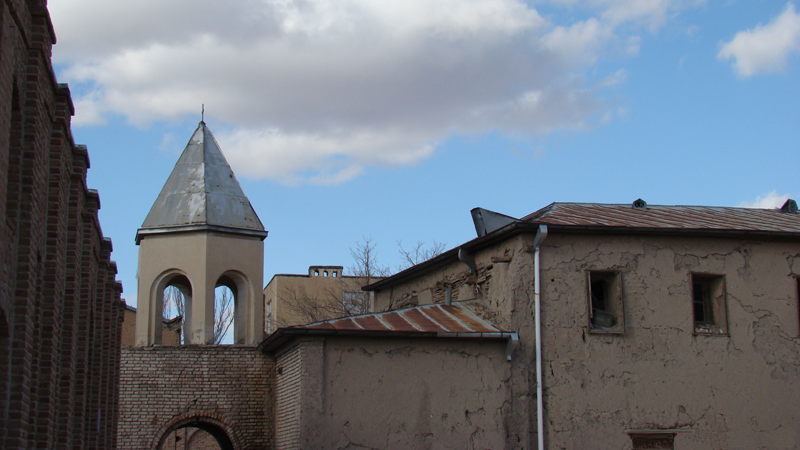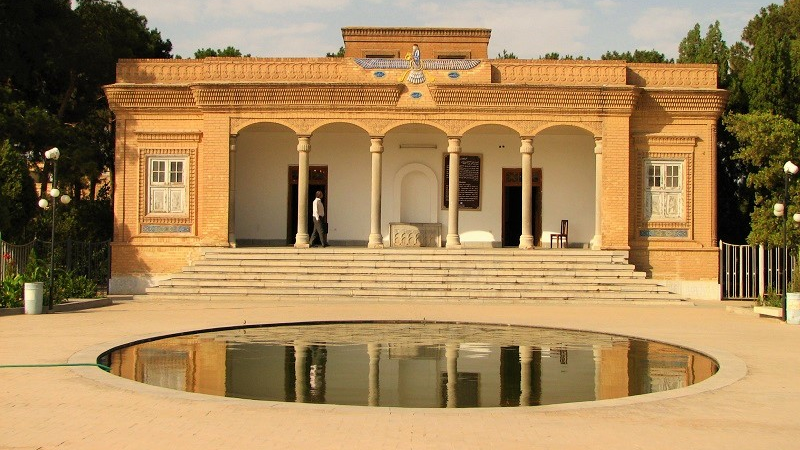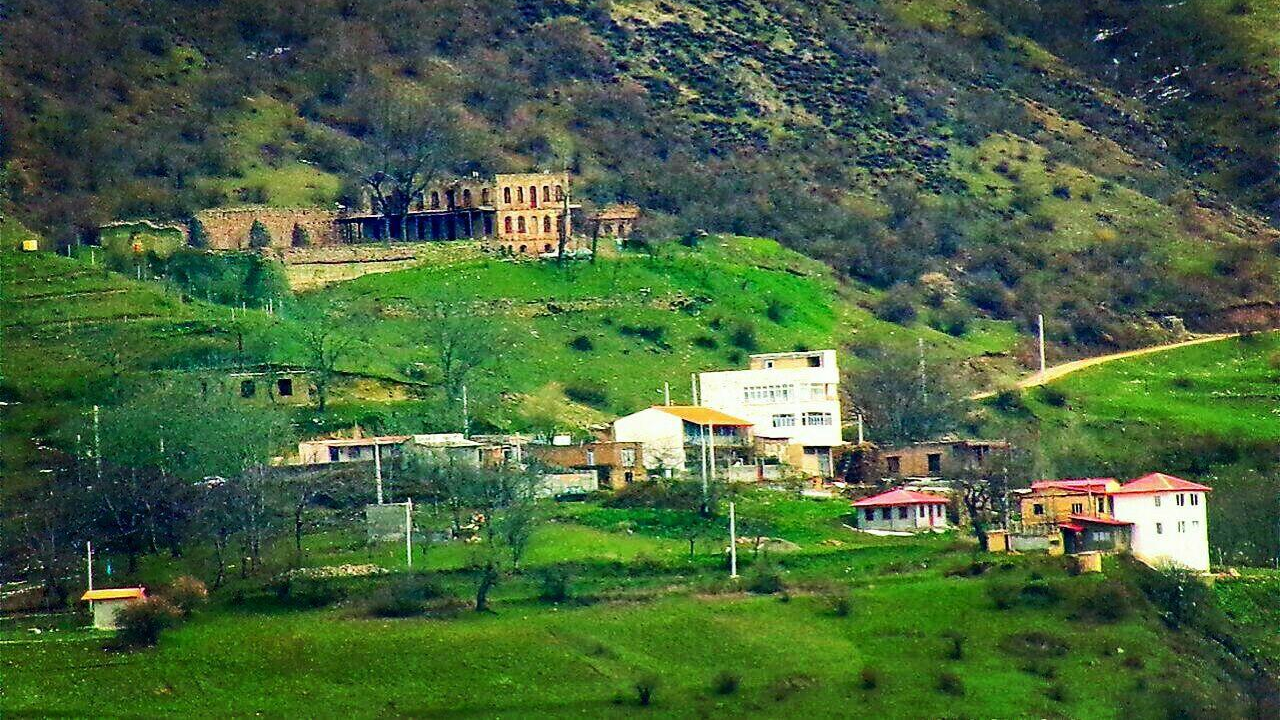
Tall-e Teimouran
The archeological excavations that have been carried out on the hills of Arsanjan, including Tall-e Teimouran and Tall-e Shaqa, have provided a lot of valuable information about the history, culture, and civilization of ancient Persia.
The History and Importance of Tall-e Teimouran
Located one kilometer west of Koushk village of the Arsanjan county, the history of this ancient hill dates back to about 2500 years BC. The discovery of prehistoric graves, where many bronze tools were buried along with the bodies of the dead, is one of the most interesting discoveries made in Tall-e Teimouran. Some of the items found in these graves include rings, necklaces, hairpins, and small statues of animals. Red and gray pottery works are other historically valuable works discovered at this ancient site.
According to experts, the culture of the people of Teimouran is related to the arrival of new tribes in Fars. This issue has been inferred from the way of burying the dead in cemeteries and the presence of ornamental objects in these graves. These tribes had gradually spread throughout Fars province.
It is believed that the history of Tall-e Teimouran coincides with the arrival of the Aryans in the Fars and the formation of the first Persian government in this land. Following Ashur Banipal’s (King of Assyria, 669 to 625 or 631 BC) invasion of the land of Elam, the existing rule collapsed and Persian immigrants took over the land and formed their own rule and under the influence of the Elamite culture a new civilization was formed in this region.
Thus, Tall-e Teimouran should be considered the land where the Elamite people lived before the arrival of the Aryans in Iran. The Elamites lived in large parts of southwestern Iran from the 3rd to the 1st millennium BC. The legacies of Elamite civilization have been discovered in Bushehr, Kerman, Lorestan, Kurdistan, Khuzestan, Fars, and Ilam related to the Elamite provinces of Iran. The Elamite civilization eventually disappeared in 645 BC.
Discoveries Made in and about Tall-e Teimouran
Tall-e Teimouran covers an area of 200 x 140 meters. This hill is six meters high and was first explored between 1952 and 1960 by Louis Vandenberg, a Belgian orientalist and archaeologist. He found significant pottery works in this area, which in his opinion belonged to a particular cultural period of Iran, which he named the “Teimouran Era”. The culture in which the pottery of the Teimouran era was popular had begun in the middle of the second millennium BC and continued until 900 or 800 BC. Then, all of a sudden, the production of such pottery works had stopped, and no trace of it could be seen until the rise of the Achaemenids (550 BC). The events between 800 and 550 BC, which had caused a sudden decline in the production of these pottery works, are still in an aura of uncertainty.
Surveys show that the pottery works found in this hill are similar to the ones discovered in the Kian Hill and Silk Region of Kashan, especially the Alef Silk cemetery.
In the studies conducted by American archaeologist, Linda Jacobs, in 1976 and 1977, a 60 x 65-meter enclosure was found on top of the hill, which was probably the remains of a fortress related to the Islamic era.
The results of archaeological activities conducted on Tall-e Teimuoran are mainly kept in the Royal Museums of Fine Arts of Belgium. Certain objects obtained from Tall-e Teimouran are also in the hands of private collectors.
Tall-e Teimuoran was inscribed on the list of Iran’s national heritage in the year 1976,
The archeological excavations that have been carried out on the hills of Arsanjan, including Tall-e Teimouran and Tall-e Shaqa, have provided a lot of valuable information about the history, culture, and civilization of ancient Persia.
| Name | Tall-e Teimouran |
| Country | Iran |
| State | Fars |
| City | Arsenjan |
| Type | Historical |
| Registration | National |
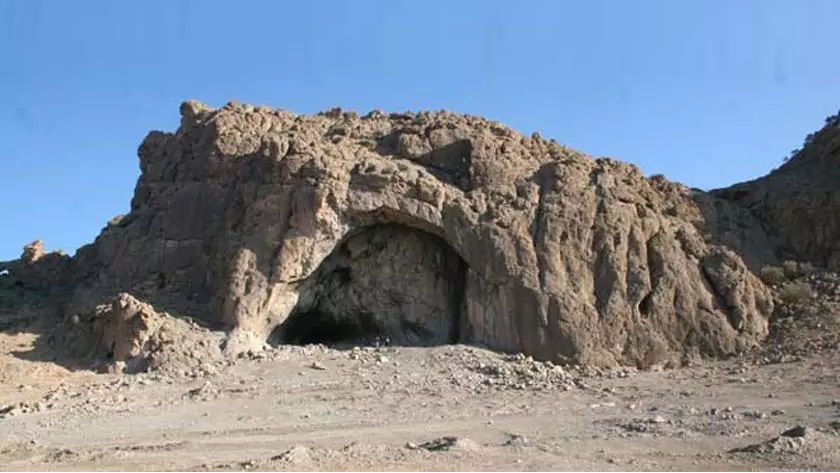

Choose blindless
Red blindless Green blindless Blue blindless Red hard to see Green hard to see Blue hard to see Monochrome Special MonochromeFont size change:
Change word spacing:
Change line height:
Change mouse type:
